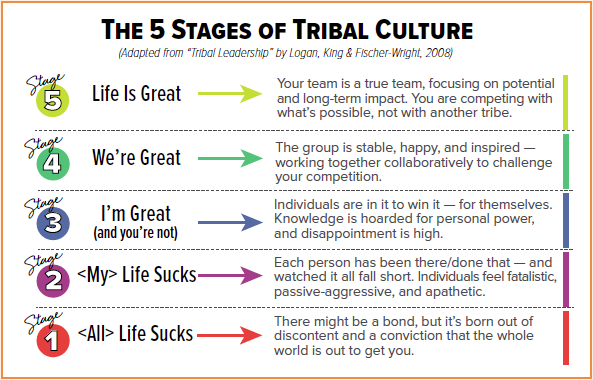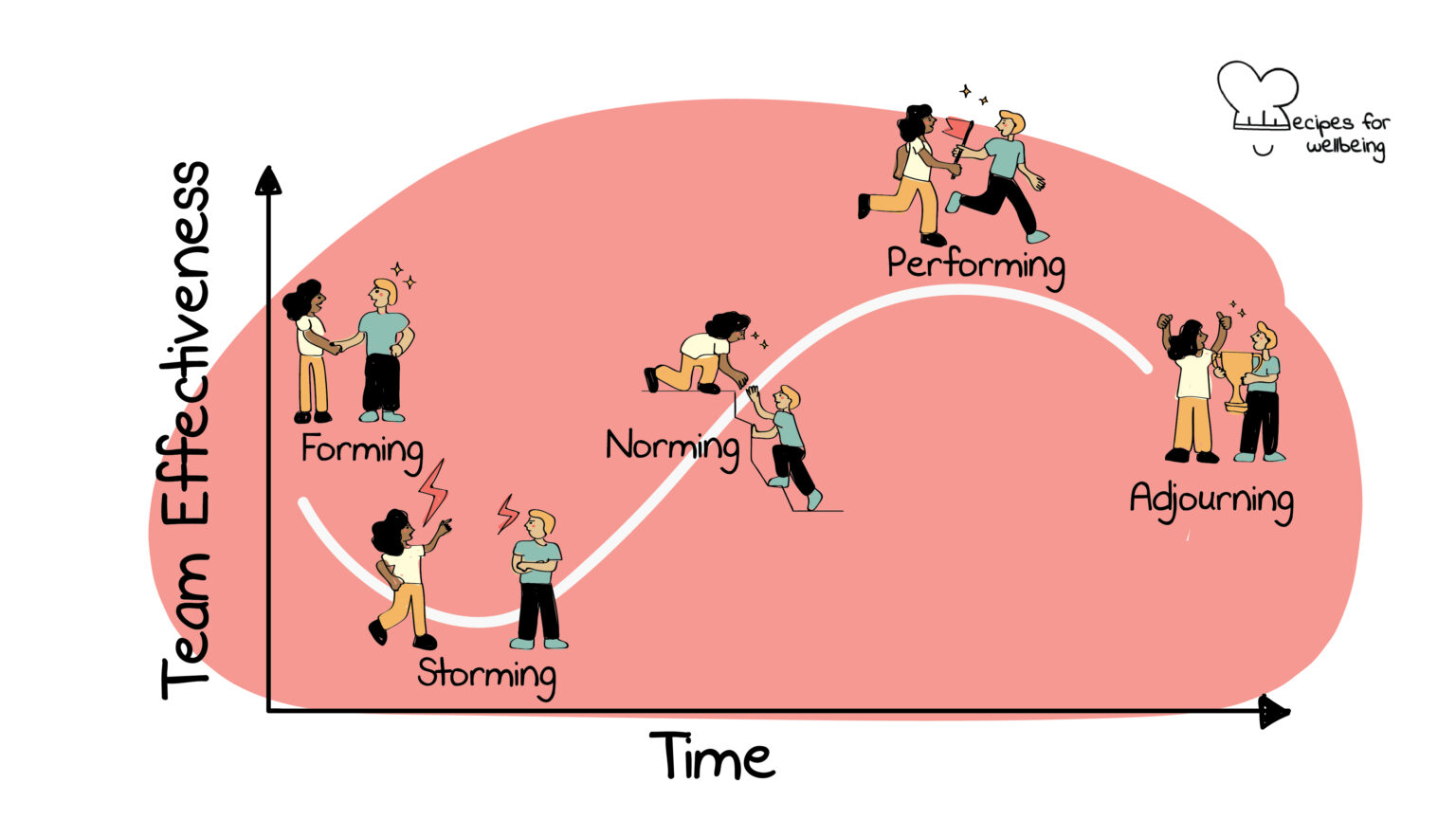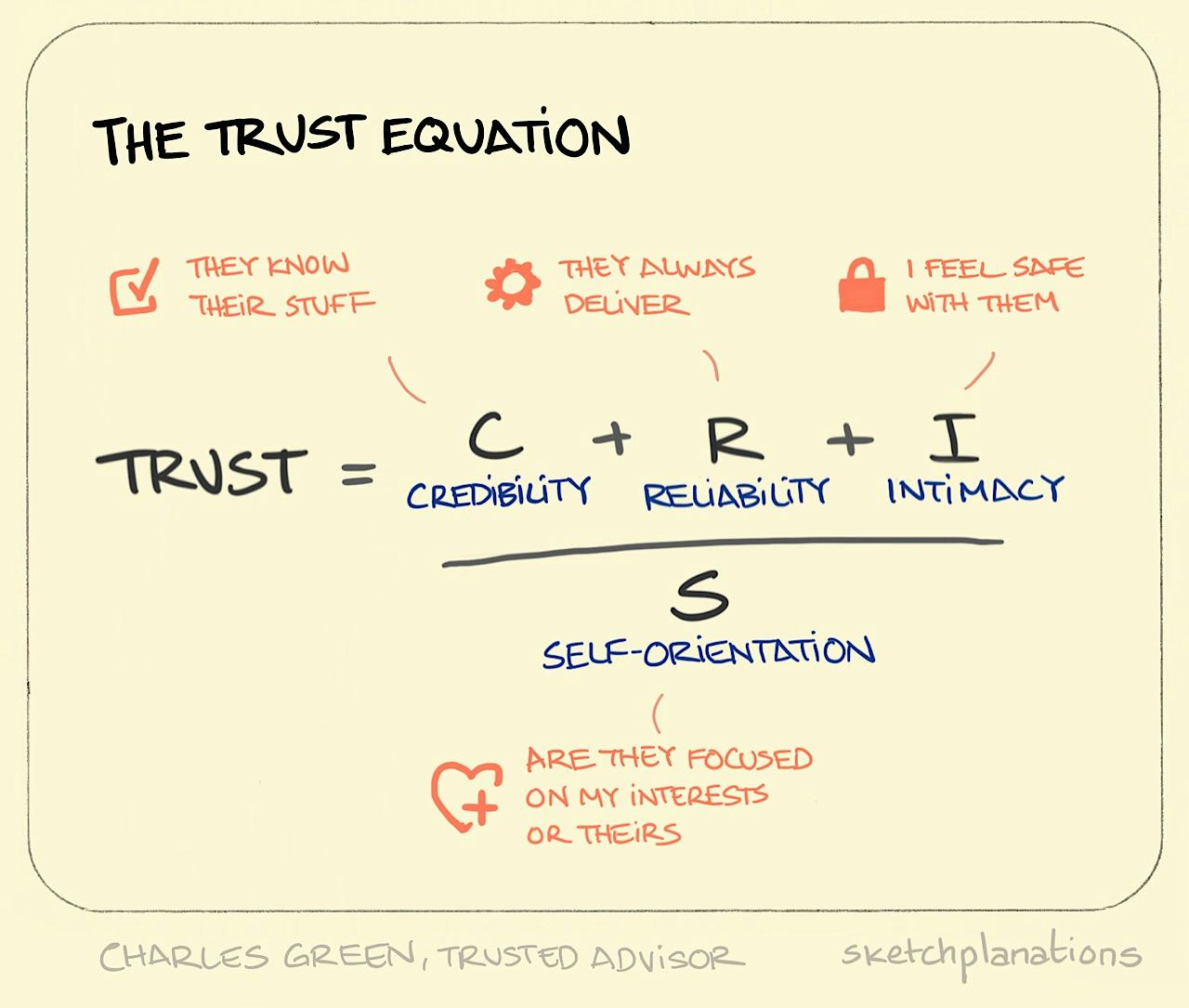What it takes to be a great leader
From knowing your leadership style to being an inclusive leader, as well as coaching your teams or colleagues and building trust

I am currently taking a module on Leadership, proposed by my company Netlight.
But who am I to be a leader? Am I old enough? Am I experienced enough? Am I the target audience of this training module?
Well, at Netlight we believe that everyone can be a leader. You can be a leader and a follower depending on the circumstances. You can be a leader in the topic you are the most expert on or the most interested in. You can be a follower in a topic where you don’t know much, but you want to learn more in. So anyone can be a leader, and this module gives anyone the right tool to be a successful leader and can benefit all, from the CEO of a company to a mature enough employee.
This is my attempt of summarizing what I learned in this module.
1. About leadership styles
A. Situational leadership
With situational leadership types, the idea is to modify your default leadership style to address the situation. Maybe you have a default type, but if you learn to navigate these 4 types based on the situation, you can adapt to your team and to the circonstances:

B. Tribal leadership
In Tribal Leadership, Dave Logan and co-writers show leaders how to assess their organization’s tribal culture on a scale from one to five.

When it comes to Tribal Leadership, you can try to identify in which of the different levels does an individual or your team fall into. It is a great tool to identify which part of the culture you can influence at your company or at a client. Then you can have a huge impact by elevating the culture to the next level.
C. Be a leader, not a boss
What is the difference between a leader and a boss?
I remember when I was working for an automotive company 5 years ago, the Buyers Team Lead came to me once with a request about something I could provide him. I agreed to provide it to him. Then this guy just stayed silently behind my back and waited that I hand over to him the job. First of all, I was so shocked to see this behavior, I had a hard time delivering what he requested of me and tried to make him leave. I was so shocked to see this guy, being paid twice my salary, seating and doing nothing, waiting for me to work for him, so that thanks to my contribution, he could shine in front of his bosses and get a reward. What the hell was that. Spoiler: I quitted this company a long time ago, and I am very happy I did it, to be far away from that kind of sharks.
Well, what is the problem with such a boss? First, he was not trusting me to deliver something he requested, and had to watch me working as if I am a kid in kindergarten, who needed to be watched. Second, he was not doing anything at all at that moment, so my contribution was costing 3 times my salary/time spend on the task. And overall, he was taking credit of my work to shine in front of his own boss. Lastly, he was taking away my autonomy to decide what was most important to work on.
On the opposite, at Netlight, we talk about leaders all the time. What does it mean to be a leader in comparison to a boss?
A leader is a person who is knowledgeable, who admits mistakes. It is a person who gives ideas and directions instead of giving orders. It is a person who earns and deserves respect, as well as working together to achieve the goals. A leader doesn’t reign by fear, or doesn’t need to impose him/herself as a boss does.
So please please please, be a leader, not a boss, and make your team happy to work with you and get the people around you to be supportive and self-motivated.
2. About inclusive leadership
To be a great leader nowadays, it is important to consider things such as inclusive leadership in the way you lead people. Indeed, as we are more and more hiring people from everywhere in the world, as well as people from different gender, religion, background, it is important to deal with this diversity, give equal chances to everyone and learn how to take the most out of it as a leader.
Inclusive leaders will consider inclusion as everyone’s responsibility, not just HRs. This kind of leader will search how to redefine the rules instead of unquestioningly following them, and foster a consistent implementation of inclusive behaviors. Such leaders are authentic, which means that they will have built an environment where people can express themselves freely and without fear, because he or she will have shown curiosity, humility and vulnerability to their own team. Thanks to this behavior, it will bring psychological safety to everyone around.
Now what is the key to be an inclusive leader?
Maybe you wonder: what makes people feel included in organisations? Feel that they are treated fairly and respectfully, are valued and belong? Well many things, like the purpose of the company, or the way people behave and what they say. A study showed that what leaders say and do have a huge impact on how collaborators feel included.
The key to be an inclusive leader relies on these 5 key points:
- Have a visible commitment: They articulate authentic commitment to diversity, challenge the status quo, hold others accountable, and make diversity and inclusion a personal priority.
- Show humility: They are modest about capabilities, admit mistakes, and create the space for others to contribute.
- Be aware of your own biases: They show awareness of personal blind spots, as well as flaws in the system, and work hard to ensure a meritocracy.
- Be curious about others: They demonstrate an open mindset and deep curiosity about others, listen without judgment, and seek with empathy to understand those around them.
- Cultivate cultural intelligence: They are attentive to others’ cultures and adapt as required.
- And finally foster effective collaboration: They empower others, pay attention to diversity of thinking and psychological safety, and focus on team cohesion.
Two great resources on inclusive leadership:
3. About teams and coaching
I learned about two key tools about teams and coaching, and especially understanding the functionment of a team.
The first one is from a book called the ‘The five dysfunctions of a team’ from Patrick Lencioni.

When you are in a position of leadership, your leadership styles can contribute to or alleviate team dysfunctions. Indeed, it is the job of everyone in a team, but also of the leader of a team, to collaborate on functioning well. The idea is to first build trust, know a bit each other personnally to be able to work together. Then, only when you trust each other, can you start to have healthy conflicts. Sometimes you stay blocked at a level where you resent your colleagues and you fear the conflicts. By keeping the conflicts away from you, the team is in a state of being very “calm” in appearance team relationship, with no conflicts arising, but that can be all fake. A well functioning team has conflicts and solve them quickly and healthily. Then we reach the third, which is when the team has a lack of commitment. The team is hesitant on what it wants, and lacks of clarity. It is of outmost importance to manage to commit as a team and brings clarity to what is going on. The fourth dysfunction of a team is to think that if you trust someone, you don’t need to challenge what they are doing. An avoidance of accountability leads to flakiness. Whenever you hold each other accountable in the team,only then you bring high standards to the delivery. Finally, the fifth dysfunctionment is the inattention to result. If you play the status game and want only your own success above the success of the team, that is an issue. You need to focus on results to deliver a collective success.
The second tool is Tuckman’s 5 Stages of Team Development

From one team to the other, especially in tech, it is difficult to know what other people are accountable for.
When you freshly join a team, we call this step “forming”. You meet your team and get to know them, everything looks fine. Then you figure out that you expect someone to do something in a certain way, and they don’t meet the expectations! That’s the phase of “storming”. Normally, just a clear discussion to address the issue is enough to clarify who has to do what, and what are the expectations from both sides. While everything is clear, it is time for the “norming” phase, which is the moment to define what have to be done to workand deliver at the best level together as a team. When you reach that level, you are “performing”. The comes the time of “adjourning”, which is a time you take to celebrate on your achievements, and capitalize on what you have learned on the way.
4. About building trust
Building trust is a real topic in consultancy. Basically, sales people are connecting you, the consultant, with a client, where you join for maybe one month, maybe 6 months, maybe 2 years, but usually you have a vision on only a few months in advance. And then, in this very short time, you have to build a connection with your client, understand their needs, and deliver a great work which matches their needs. That is very challenging. In order to do that, building trust is one of the main tool that you can use to leverage the quality of your delivery, and enjoy it.

How do you develop great skills in building trust? How can you become a trusted advisor?
Here are three core skills of trusted advisors:
- Earning trust
- Giving advice
- Building relationships
First, you have to build trust, by showing your technical skills in the case of a technical assignment, instead of talking do things and show them to your client! There are many things that you can do to build trust which are summarized into 5 steps:
- Engage
First step is to engage with your client: your client is putting a bet on you, on the fact that maybe you are going to show yourself to be helpful to them. Be generous, show directly what you can provide to your client for free or for a small amount of their time. If clients come to the point that they reach out to a consultancy or to an advisor, it means that they found out an issue for which they don’t have the right resource to resolve it.
- Listen
Listen actively to your client, ask questions around, observe,show that you care about what your client is saying.
- Frame
When you listened enough to your client, you are able to define and encapsulate the problem of your client.
- Envision
Don’t go too fast to giving the solution! The idea here is to, together with your client, build the ideal final product, the ideal state of your company.
- Commit
Once you’ve built this vision on how the final state should look like you have to determine:
- what stands in the way of achieving the solution,
- what the involved parties are willing to do about it,
- who must be brought into the loop,
- what roles each person must play,
- what information you need,
- when and how to check in on progress,
- what key deadlines loom ahead.
Great summary of the book “The Trusted Advisor” by Charles Green
5. About self-leadership
According to Andrew Bryant, self-leadership is the practice of intentionally influencing your thinking, feeling and actions towards your objectives. The absence of self-leadership is demonstrated by reactivity, randomness, blame and a victim mind-set. Then, to be able to lead others, you first have to be a leader to yourself. To know where you stand, you can measure fundamentals such as your self-awareness, self-learning, self-regulating. Self-awareness is your ability to perceive and understand the things that make you who you are as an individual, including your personality, actions, values, beliefs, emotions, and thoughts. Essentially, it is a psychological state in which the self becomes the focus of attention. With self-regulating, the goal is to take the opportunities, as in the Latin phrase obportum veniens, which means a favorable wind that brings you towards your port of choice. Self-leadership leads to options and opportunities.
 Harmony
Harmony